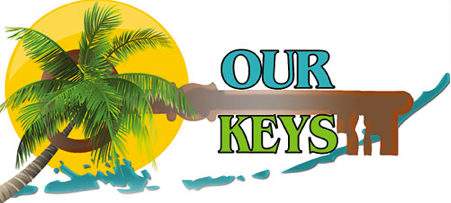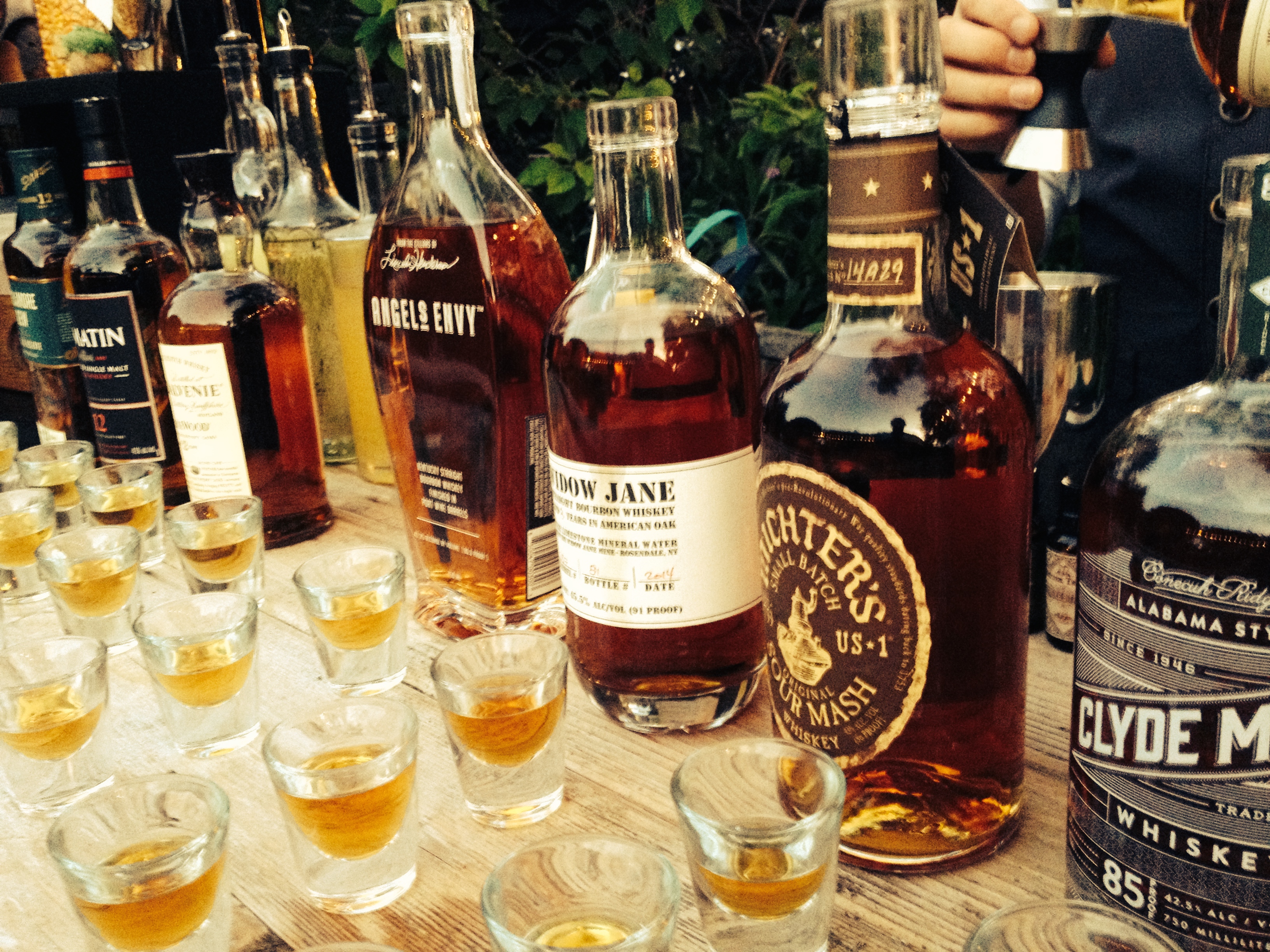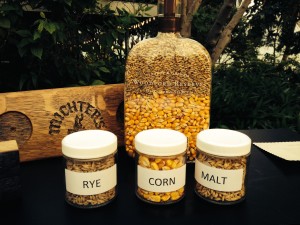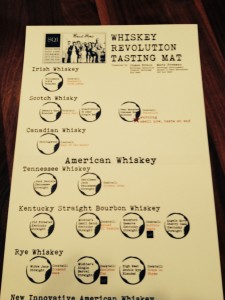Meet James Braun, many of you know him as the Sales Manager for Premier Beverage. Well there is a lot more to James then at first glance, not only does he sell these products, but he is an expert in his field and perfects the ingredients that make the Classic Cocktail.
It is called the American Whisk(e)y Revolution and it’s taking the country by storm.
WHISK(E)Y is one of the most popular and confusing spirits. So, it’s time to get a few facts.
Whisk(e)y has been around for a long time – over 600 years. It’s made all over the world and the variations in flavor are a result of the region and their respective distilling process.
WHISKY VS WHISKEY
Here’s the lowdown when it comes to passing the bar on spelling. Whisky is most commonly spelled without an “e” as with a Scotch or Canadian liquor whereas the spelling Whiskey, refers to both Irish and American varieties. An easy way to ace your spelling exams is to remember if the country isn’t spelled with an “e” then neither is the whisk(e)y.
As with any rule, there are a few exceptions. For example, GEORGE DICKEL® Tennessee Whisky is spelled without the “e.”
INGREDIENTS
There are three main ingredients: grain, yeast and water. There could also be many additions—including peat smoke. The ingredients are simple but the various regional distillation processes gives each variety a signature flavor.
WHERE WHISK(E)Y COMES FROM
Whisk(e)y is made all over the world with significant distilleries in more than 20 countries.
Recently James was asked to provide a whisk(e)y bar for a private wedding, as he is the brand ambassador, or at least he has the kit (suitcase) to pretend he is, and this is what happened. He tasted guests through these caramel colored spirits and explained why the flavors were different and what they are made from and how. It was a a success.
Fast forward to the Key West Food and Wine Festival on Thursday January 29, where James conducted his first professional whisk(e)y seminar.
The tasting mat had 17, yes 17 tastes of whiskey from which the guests would be well trained in their knowledge of this now not so confusing spirit. The press was there to record this event and of course it was sold out 2 weeks before it happened.
What is the difference between bourbon and whiskey?
You’ve probably heard it before: all bourbon is whiskey, but not all whiskey is bourbon. If you’re a whiskey (and especially bourbon) drinker, you need to know what that means.
“Bourbon needs to be produced in America and made from 51 percent corn, whisky does not,” says Maker’s Mark Master Distiller Greg Davis.
Bourbon also needs to be stored in new, charred oak barrels whereas whiskey barrels do need to be oak but not new or charred. “Lastly, to be called bourbon, the liquid needs to be distilled to no more than 160 proof and entered into the barrel at 125.”
For other whiskies the liquid must be distilled to no more than 190 proof. David notes that this isn’t just common practice — “it’s actual bourbon law.”
Want to learn more? contact either James or I and we can set up a private class. 855-487-5874
AVA GARDNER
In three words: Glamorous movie star
Thoughts on whiskey: ”I wish to live to 150 years old, but the day I die, I wish it to be with a cigarette in one hand and a glass of whiskey in the other.”



